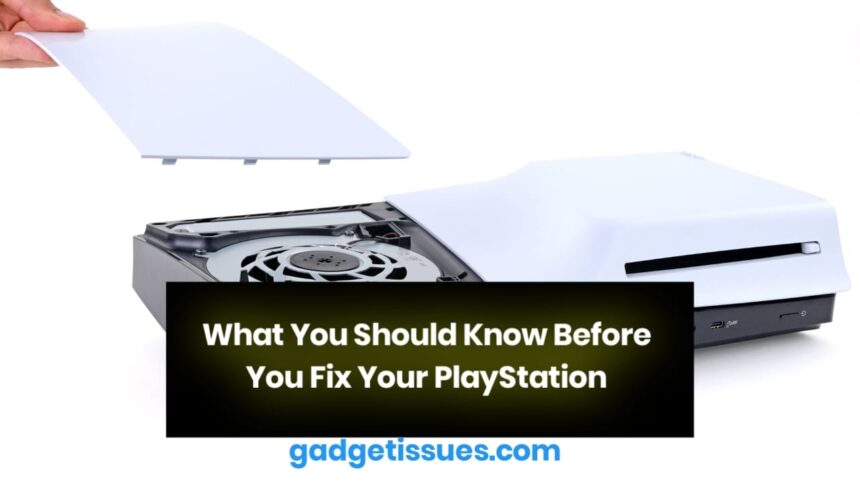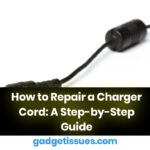Repairing your PlayStation can save time and money, but it’s not always as straightforward as it seems. Whether it’s a PS4 or a PS5, taking the DIY route requires careful planning. Here’s a guide to help you decide whether to fix it yourself — and how to do it the smart way.
1. Check Your Warranty First
Before unscrewing anything, verify whether your PlayStation is still under warranty. Sony provides a limited warranty that typically lasts for one year from the date of purchase. If you open the console or tamper with internal parts, the warranty will likely be voided.
2. Identify the Real Problem
Many users jump to hardware fixes without fully understanding the issue. Is your PlayStation crashing frequently, overheating, or refusing to turn on?
- For issues like slow performance or storage errors, try rebuilding the database through Safe Mode.
- If you’re experiencing internet connectivity problems, check the current PlayStation Network status before assuming it’s a hardware issue.
Thorough diagnosis can save you from unnecessary repairs.
3. Use High-Quality Tools and Follow Trusted Guides

If you’re confident it’s a hardware issue, gather the right tools: anti-static wrist straps, precision screwdrivers, and pry tools. Using the wrong tools can damage delicate parts.
Stick to reliable guides — not just YouTube videos from unknown sources.
4. Buy Original or Certified Replacement Parts
Cheap replacement parts might cost less up front, but they often fail faster or cause new problems. For example, generic fan replacements may be noisier or less efficient.
If you need parts like a new HDMI port, disc drive, or thermal paste, buy from reputable platforms like ConsoleParts4U or trusted sellers on marketplaces like Amazon or eBay.
5. When to Leave It to the Pros
Some issues—especially with the motherboard or power supply—require advanced soldering and diagnostics. If you’re not trained in electronics, it’s safer to contact a professional repair center.
Also, if the repair involves sensitive components (like the internal SSD on the PS5), it’s better not to take the risk unless you’re confident.
6. Prevent Future Problems
After your PlayStation is fixed, take proactive steps:
- Keep it well-ventilated and dust-free.
- Use a surge protector to avoid damage from power fluctuations.
- Avoid long gaming sessions in hot environments.
Also Read : IPhone Charging but Won’t Turn On? Here’s How to Fix It






